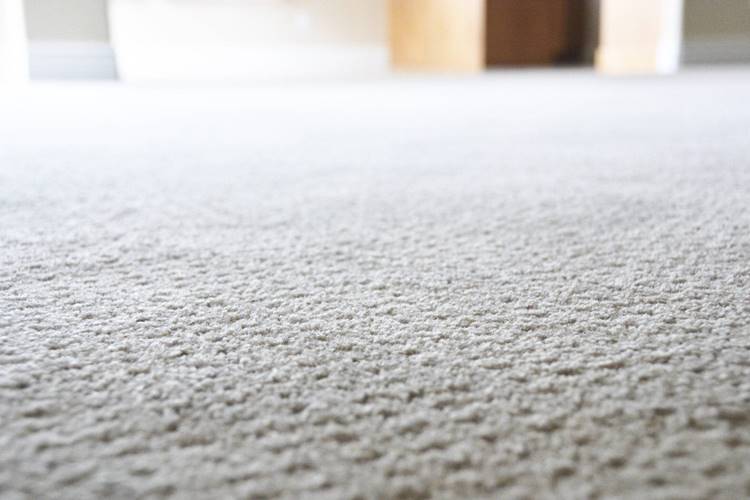Water exposure to carpets can be a daunting challenge for many homeowners and businesses. It is crucial to understand how to sanitize carpet after water exposure to prevent further damage and ensure a safe environment. Whether due to flooding, leaks, or spills, addressing water exposure promptly is essential to avoid mold growth and other complications.

Understanding Water Exposure and Its Impact on Carpets
Water exposure can cause significant damage to carpets if not addressed quickly. The fibers can absorb water, leading to unpleasant odors, mold growth, and even structural damage. It is vital to act swiftly to minimize these risks and restore your carpet to its original condition.
Steps to Sanitize Your Carpet
1. Assess the Damage
Before taking any action, it’s essential to assess the extent of the water damage. Determine the source of the water and the areas affected. This assessment will guide the steps you need to take to sanitize your carpet effectively.
2. Remove Excess Water
Using a wet/dry vacuum, extract as much water as possible from the carpet. This step is crucial in preventing further damage and preparing the carpet for cleaning and sanitation.
3. Clean the Carpet
Once you’ve removed the excess water, it’s time to clean the carpet. Use a carpet cleaning solution designed for water damage or a mixture of vinegar and water to disinfect the area. Scrub gently to avoid damaging the carpet fibers.
Drying the Carpet
4. Use Fans and Dehumidifiers
To speed up the drying process, use fans and dehumidifiers. These tools will help remove moisture from the air and prevent mold growth.
5. Check for Mold
After drying the carpet, inspect it for any signs of mold. Mold can pose health risks and should be addressed immediately. If you find mold, consider consulting a professional for safe removal.
Preventing Future Water Damage
6. Regular Maintenance
Regular carpet maintenance can help prevent future water damage. This includes routine vacuuming, professional cleanings, and addressing water spills promptly.
7. Install Water Barriers
Consider installing water barriers in areas prone to flooding or leaks. These barriers can help protect your carpet from water exposure.
8. Monitor Humidity Levels
Maintaining appropriate humidity levels in your home can prevent mold growth. Use a hygrometer to monitor humidity and keep it below 60%.
Additional Resources
For more information on mold prevention, visit humidity levels that cause carpet mold and dry carpet cleaning. These resources offer valuable tips and insights into keeping your carpets mold-free.
Conclusion
Knowing how to sanitize carpet after water exposure is crucial for maintaining a safe and healthy environment. By following these steps, you can effectively clean and sanitize your carpet, preventing further damage and ensuring its longevity. Remember, prompt action is key to minimizing the impact of water exposure on your carpets.

FAQs
Why is it important to sanitize carpets after water exposure?
Sanitizing carpets after water exposure is essential to prevent mold growth, unpleasant odors, and structural damage to the carpet fibers.
Can I use household products to clean water-exposed carpets?
Yes, household products like vinegar and baking soda can be effective in cleaning and sanitizing carpets. However, professional cleaning products may provide better results.
How can I prevent future water damage to my carpets?
Regular maintenance, water barriers, and monitoring humidity levels can help prevent future water damage to your carpets.
This article contains affiliate links. We may earn a commission at no extra cost to you.


